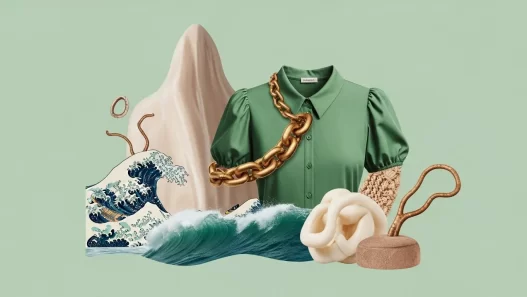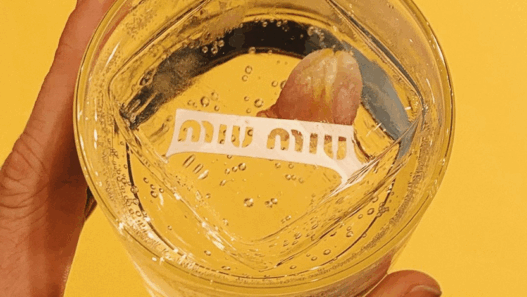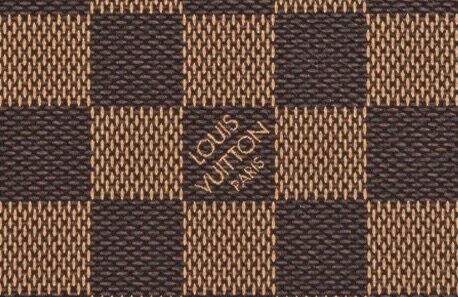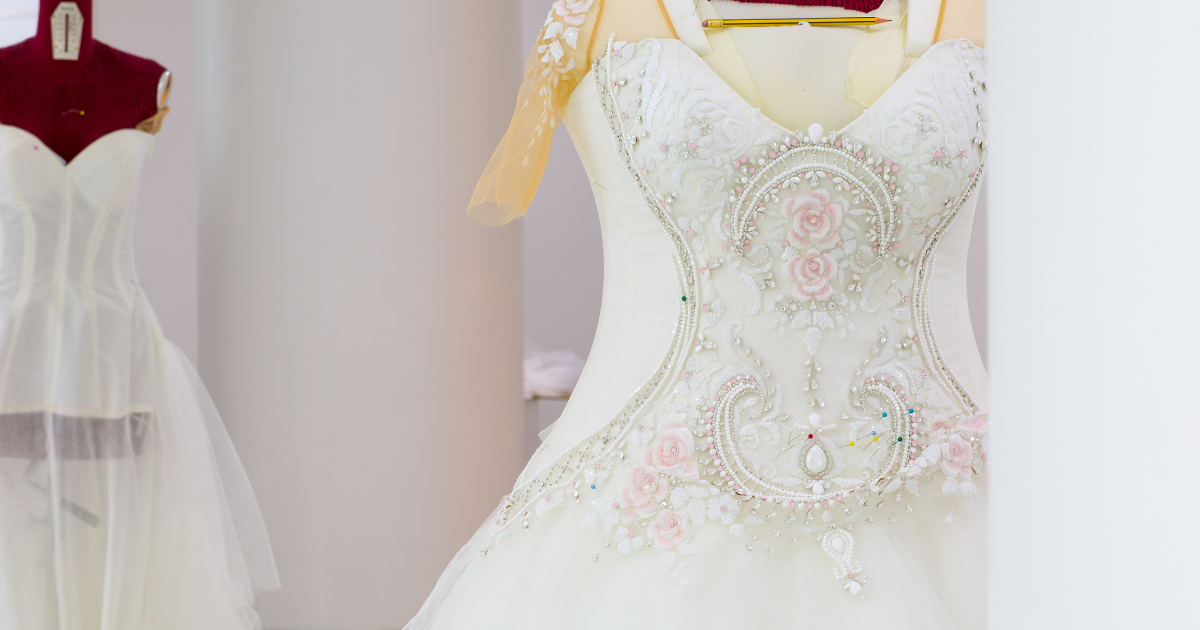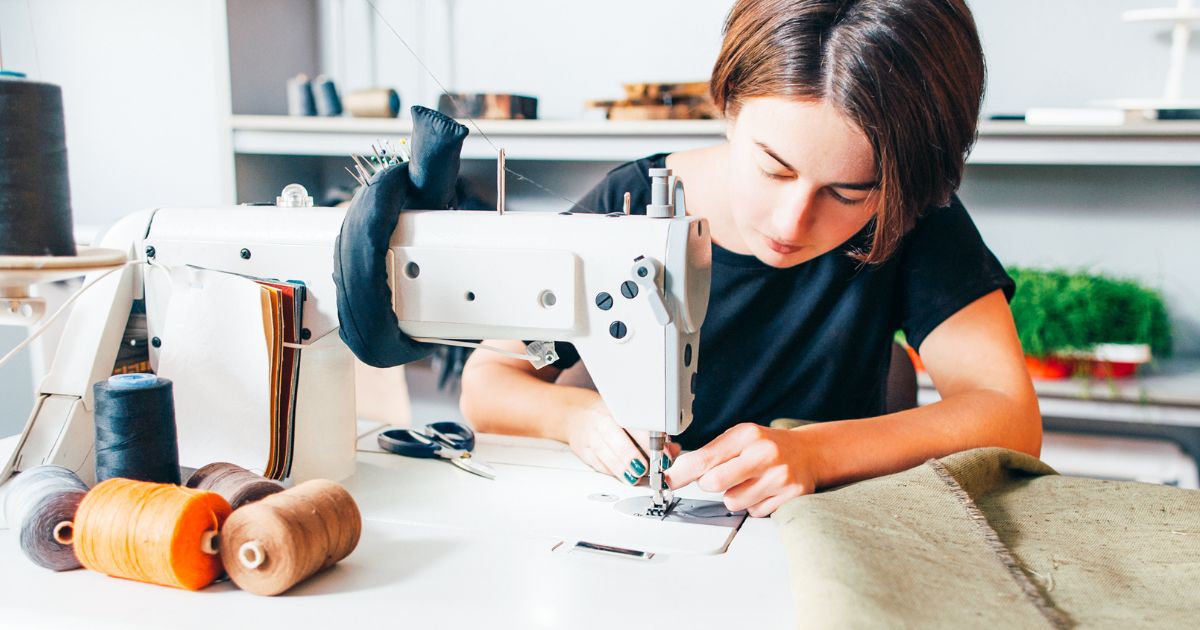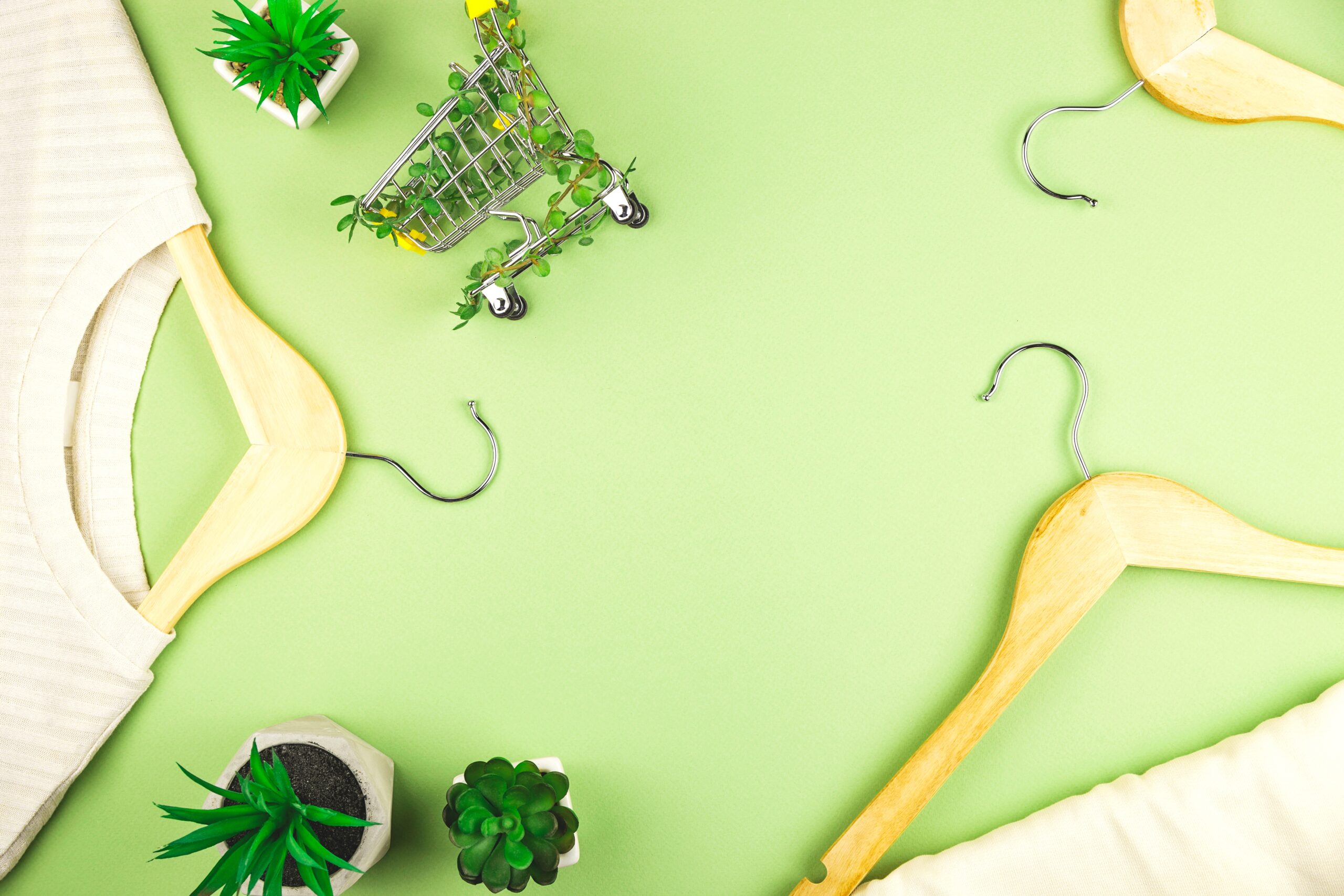Haute couture and sustainability
Haute couture being one of the most famous and expensive form of fashion. Known for its own fashionable way of depicting art and making statement that proudly says “Fashion is art”, but with changing times and woke people, is it what we humans want? Is it sustainable?
Yards and yards of fabric used, tons of embellishments stuck, pretty laces sewn with marvelous constructions, obviously makes haute couture all glamour and fancy and because of all of these the misconception of haute couture being a threat to world of fashion by introducing trends where as it is nothing but a fact that it is one of biggest contributor of slow fashion. As it does not follow any trend set, it has always been like this the early French couture houses produced pieces for women which were meant to be preserved. Couture pieces are one of the most evergreen long-lasting pieces of fashion. Dating back to origin and beginning of haute couture the garments were custom made and with premium quality. The tradition is still carried on by the fashion houses.
Couture pieces being one of most well-constructed pieces with individual focus given to every piece are well enforced garment which are meant to last and are passed down from generation to generation. The pieces passed down usually turn into vintage pieces which are preserved. They become valuable asset holding beautiful meaning of art, fashion and skill.
Eco friendly materials being used in couture is a step taken by the couture houses towards sustainability showing how serious they are about the planet. It is a small step but walking on same path maybe will lead to great amount of contribution to the world taking account the number of raw materials used to produce for one piece of couture garment. The couture houses are tying up industries which produce fabric which are safe for earth like using fabric called Tencel made from mix of tree bark pulp and chemicals.
Leather used in designs are substituted with vegan leather which is extracted from apple peels, barks of trees and such, this adaptation of vegan when seen in long run will help a lot in saving animals by avoiding the usage of actual leather. The same goes for fur the actual fur used is substituted with imitation or faux fur. The houses of couture provide the best quality of materials even if it is eco-friendly or anything as such.
These changes might seem small but there are designers who have adopted these and are renowned sustainable designers. Designer like Sanyukta Shrestha, Deborah Lindquist and houses like studio tammam loved for their bridal wear are also adorned for their sustainability without compromising on their beauty of design.
The Ermenegildo Zegna’s spring summer 2020 show also took up the concept of UseTheExisting. Quoting what art director said “everything is connected, and everything conveys the same idea: we do not need to create the new from scratch but we can reuse and reinvent the existing, getting progressive fabrics out of discarded ones, translating traditional technique into innovative lifetime tailoring, turning an abandoned place inti an area of creation.” Not just communicating the idea through words but it was well showcased with the collection in which 20 percent of collection was crafted from upcycle material like recycled cashmere from Zenga’s Achill farm recycled cashmere was used for a plum coat cross-hatched in red.
Couture known for huge multi-layered garments also invites wastage of fabric but there are designers who are trying look at production from other angles have started zero wastage production of garment. Reduction of wastage of fabric during production reduces the amount of usage in total helping in saving the amount fabric imported to manufacture a piece.
There are attempts made by couture houses to be sustainable many being successful some being unsuccessful but couture taking steps towards the betterment of environment proves that sustainability and couture can exist and thrive together.
Sources:
- Lottievjackson.com
- Sustainable-couture.com
- Eluxe magazine
Author: Mayuri Jain



